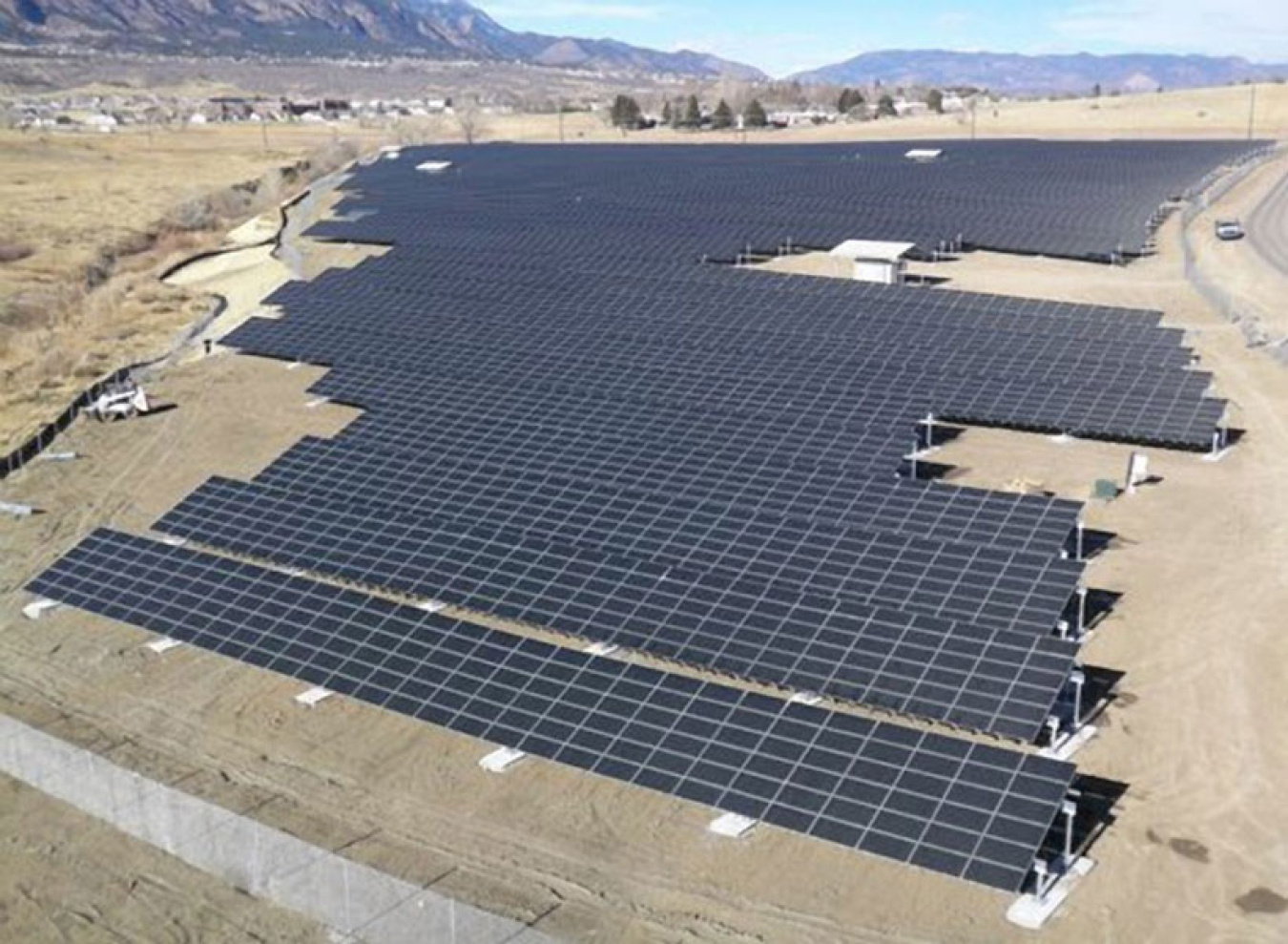For agencies with authority to procure their own utility services (General Services Administration [GSA], U.S. Department of Energy [DOE], and U.S. Department of Defense [DOD]), an on-site electricity contract enables federal sites to purchase electricity from third-party owned generation located on-site. Other agencies will need to request a delegation of authority to procure utility services from GSA. Third-party sales of electricity are not allowed in all electricity markets, so contact FEMP for additional information. Because the electricity provider owns, operates, and maintains the on-site generation asset, they may also claim tax incentives, such as the solar investment tax credit and accelerated depreciation benefits, and pass those savings along as a lower electricity price.
The Federal Energy Management Program (FEMP) assists agencies in obtaining on-site and off-site energy contracts. FEMP supports the development, evaluation, and implementation of distributed energy generation to help agencies meet federal goals and requirements. Civilian agencies have limited long-term authority to enter into long-term electricity purchase contracts and may want to explore other alternatives, such as Energy Savings Performance Contract Energy Sales Agreements (ESPC ESAs). For information on additional mechanisms to obtain on-site generation, see Federal On-Site Distributed Energy Procurement Options.
See below for available implementation options.

An illustrative contract structure
Benefits
- On-site electricity contracts allow agencies with authority to procure their own utility services to purchase electricity from third-party owned on-site generation.
- The third-party owner may be able to take advantage of federal and other tax incentives and can sell the renewable energy certificates (RECs) generated by the project to reduce the agency's cost of electricity. However, when making claims about a project involving REC sales, an agency cannot claim to be using power generated on-site.
- These contracts provide agencies with a known, long-term price for on-site generation.
- Agencies do not assume operations, maintenance, repair, or replacement liability for equipment.
- Agencies assume minimal risk for a project's failure to perform.
Limitations
Most civilian agencies have limited long-term authority to enter into electricity contracts, which can impact economic feasibility.

Fort Carson Solar PV Project
Example Federal On-Site Electricity Contracts
- GSA Sacramento Federal Building (GSA, FAR Part 41)- 0.5 MW rooftop PV
- Federal Aggregated Solar Procurement Pilot (GSA and USFS, FAR Part 41)- 5 MW across 9 locations
- Lawrence Livermore National Laboratory (DOE/LLNL) – 3 MW ground-mount PV
- Fort Carson (DOD)- 2 MW ground-mount PV.
Sample Documents
FEMP provides sample documents from completed federal on-site electricity contracts to assist agencies. See sample documents for federal on-site electricity purchases for examples of requests for proposals (RFPs), site access agreements, interconnection agreements, and additional resources.
Getting Started
The following categories contain questions that can help federal agencies determine if this strategy is right for their site and to gather the necessary background information. The answers to these questions should be collected prior to moving forward with a contract.
Basic Site Information
- Does your agency have authority to purchase utility services (GSA, DOE, or DOD)?
- Is this type of contract allowed by your state and utility? DSIRE outlines this information but verify when it was last updated.
- Do you have management approval for use of the land or roof?
- Where will the electricity be used?
- Will generation exceed load?
- What goals do you want to accomplish (e.g., agency goals, federal legislative and/or Executive Order goals, electric rate cost stability, energy resilience/security, other)?
- What is your site's electricity use (i.e., annual usage, peak demand, and average demand)?
- What are your electricity costs (e.g., energy rate and demand charge)?
- Are rates differentiated by time of use (peak/non-peak)?
Cost Effectiveness
- Has a renewable screening/assessment been performed recently at your site (using REopt or another analysis tool)?
- What incentives are available (rebates, tax treatment, etc.)? DSIRE outlines incentive information but verify when it was last updated.
- Do you want to purchase the RECs along with the energy, or do you plan to purchase replacement RECs for credit toward the federal renewable goal?
Other Considerations
- Have you talked to your serving utility about the interconnection costs, timelines, queues, and other related issues? Refer to FEMP's distributed energy interconnection checklist for additional information.
- Will the site be eligible for another tariff or required to switch to a different tariff if the project is implemented?
- Have you discussed the project with all stakeholders?
- Have you considered National Environmental Policy Act requirements, historic preservation, and site access agreement options (e.g., license, easement, lease, use of FAR 52.241-5, Contractor's Facilities, etc.)?

